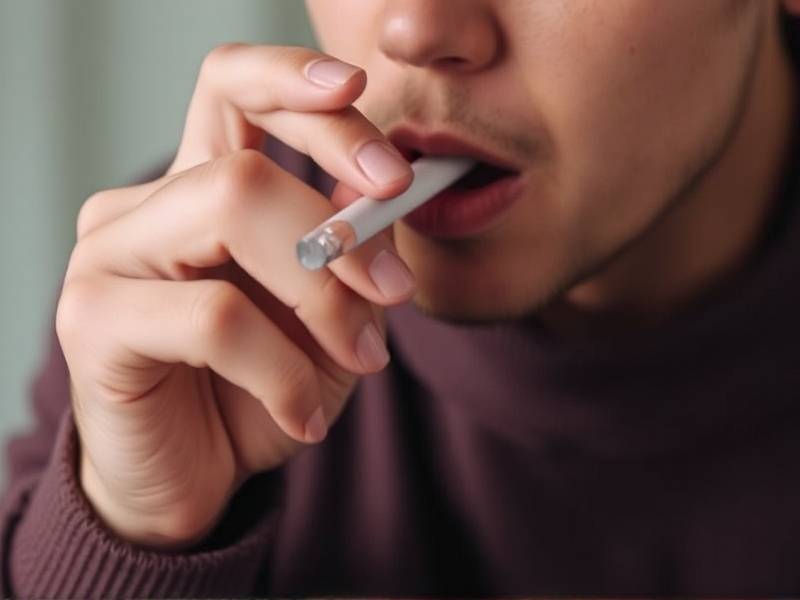When Do the Cravings Stop When Quitting Smoking?
Understanding the Timeline of Nicotine Cravings During Smoking Cessation
Introduction: Quitting smoking is a significant decision that many individuals make to improve their health and overall well-being. However, one of the most challenging aspects of quitting is dealing with nicotine cravings. Understanding when these cravings typically subside can provide hope and motivation for those attempting to quit smoking. In this article, we will explore the timeline of nicotine cravings during smoking cessation.
Cravings in the First Few Days: When you decide to quit smoking, the first few days can be particularly challenging. It is common to experience intense cravings within the first 48 hours after your last cigarette. This period is often referred to as "quitting day" or "quit day." During this time, your body is adjusting to the absence of nicotine, and these cravings are a natural response.

Cravings in the First Week: After the initial intense cravings subside, you may still experience occasional urges to smoke throughout the first week. These cravings are usually triggered by certain situations or emotions that were previously associated with smoking. It's essential to recognize these triggers and find healthy ways to cope with them.
Cravings in the First Month: During the first month of quitting, nicotine cravings tend to become less frequent and less intense. However, they may still occur at unexpected times. It's crucial to stay vigilant during this period and develop strategies to manage cravings effectively.
Cravings Beyond One Month: After one month of quitting smoking, most individuals notice a significant reduction in both frequency and intensity of nicotine cravings. However, it's important to note that some individuals may continue experiencing occasional cravings beyond this timeframe.
Factors Influencing Cravings: Several factors can influence the timeline of nicotine cravings during smoking cessation:
- Nicotine Dependence Level: Individuals who have smoked for a longer duration or smoked more cigarettes per day tend to experience more severe and prolonged cravings.
- Stress Levels: High stress levels can exacerbate nicotine cravings.
- Social Environment: Being around smokers or environments where smoking was previously prevalent can trigger cravings.
- Individual Differences: Each person's response to quitting smoking may vary based on their unique circumstances.
Tips for Managing Cravings: Here are some effective strategies for managing nicotine cravings:

- Distraction: Engage in activities that divert your attention from craving thoughts.
- Relaxation Techniques: Practice deep breathing exercises, meditation, or yoga to reduce stress and anxiety.
- Healthy Alternatives: Try chewing gum, eating healthy snacks, or drinking water as substitutes for cigarettes.
- Support System: Seek support from friends, family, or support groups dedicated to helping individuals quit smoking.
Conclusion: Understanding when nicotine cravings typically stop during smoking cessation can provide valuable insights into managing this challenging aspect of quitting smoking. While individual experiences may vary, it's important to remain patient and persistent throughout your journey towards a smoke-free life. By utilizing effective coping strategies and seeking support when needed, you can overcome nicotine cravings and achieve long-term success in quitting smoking.
